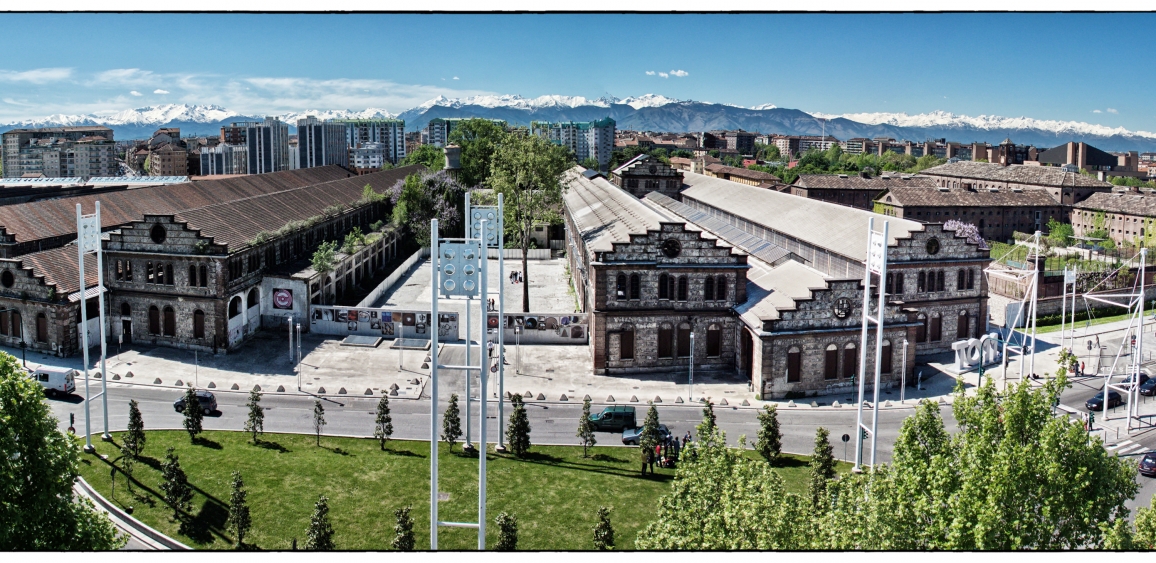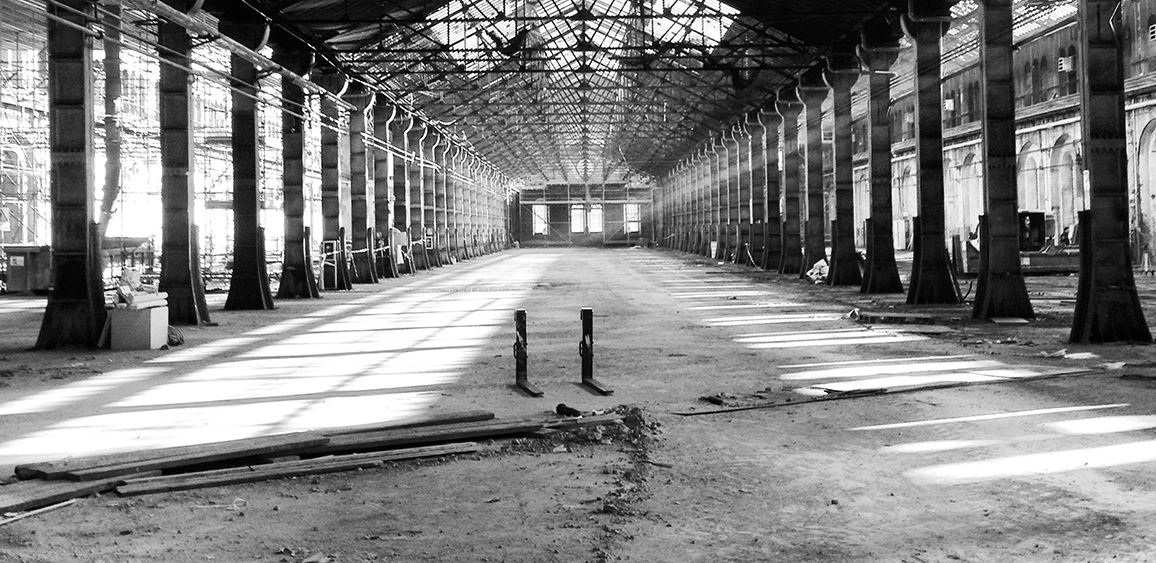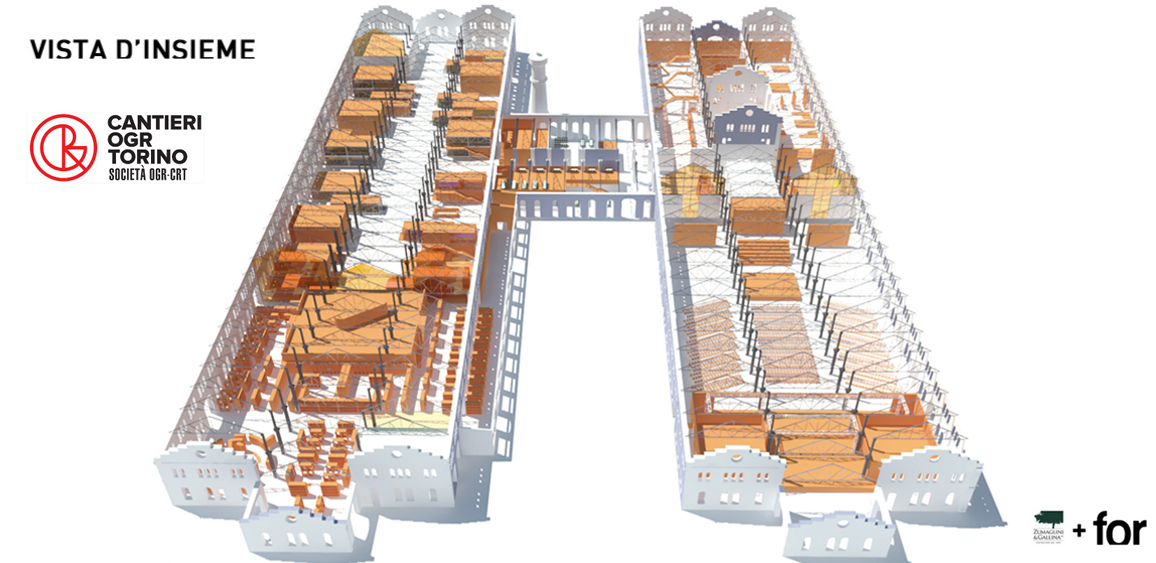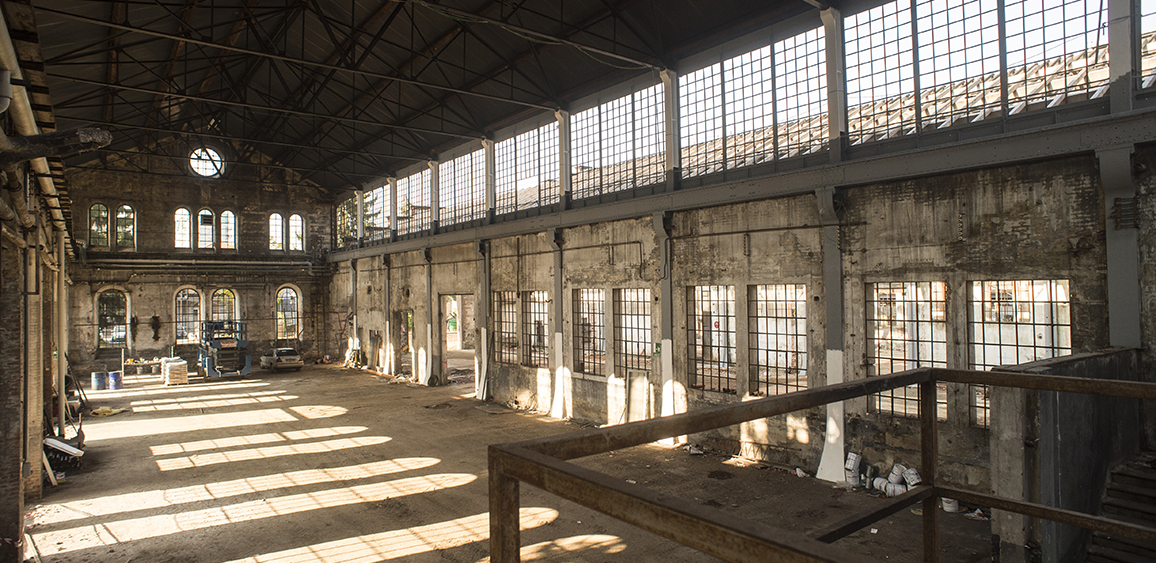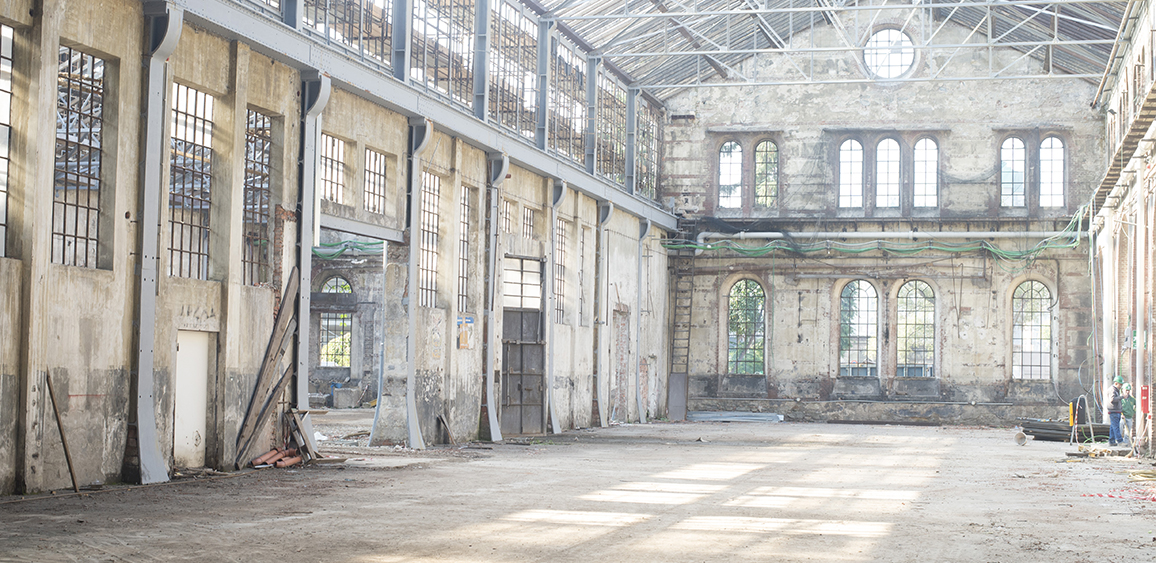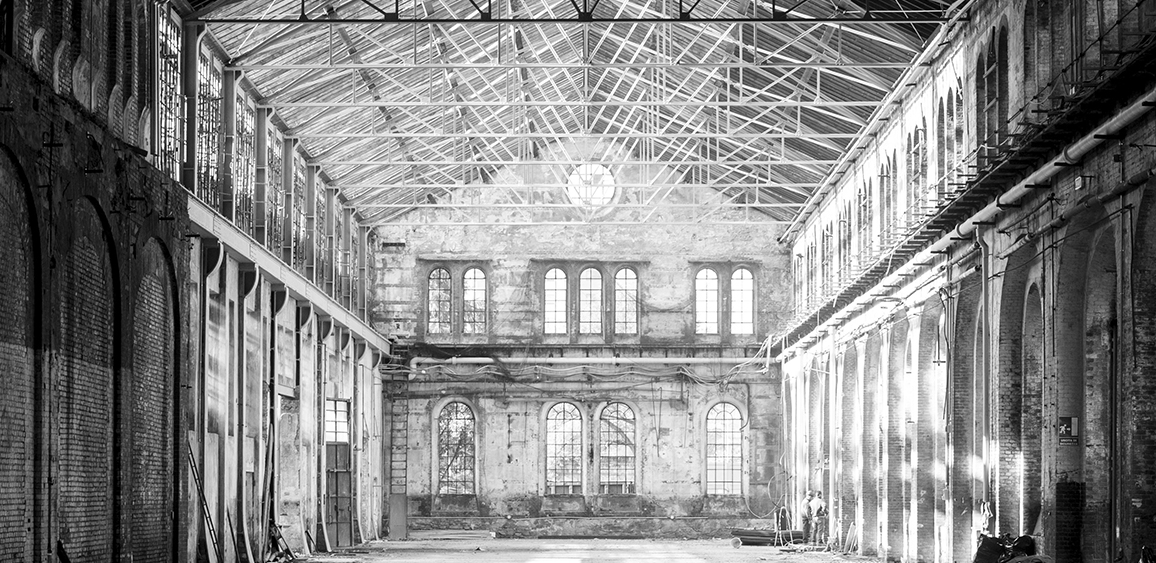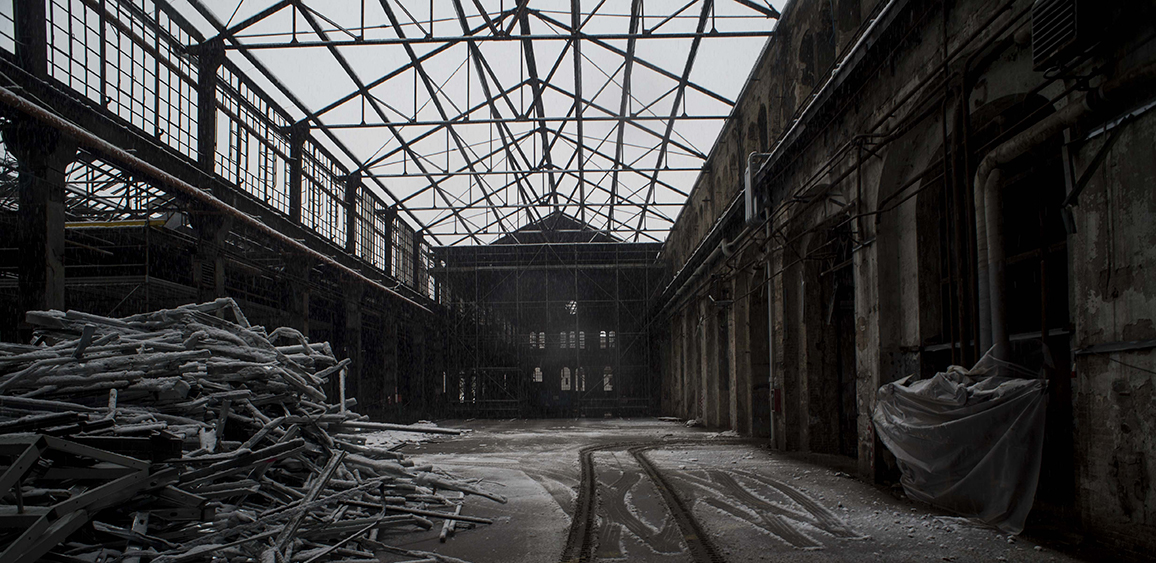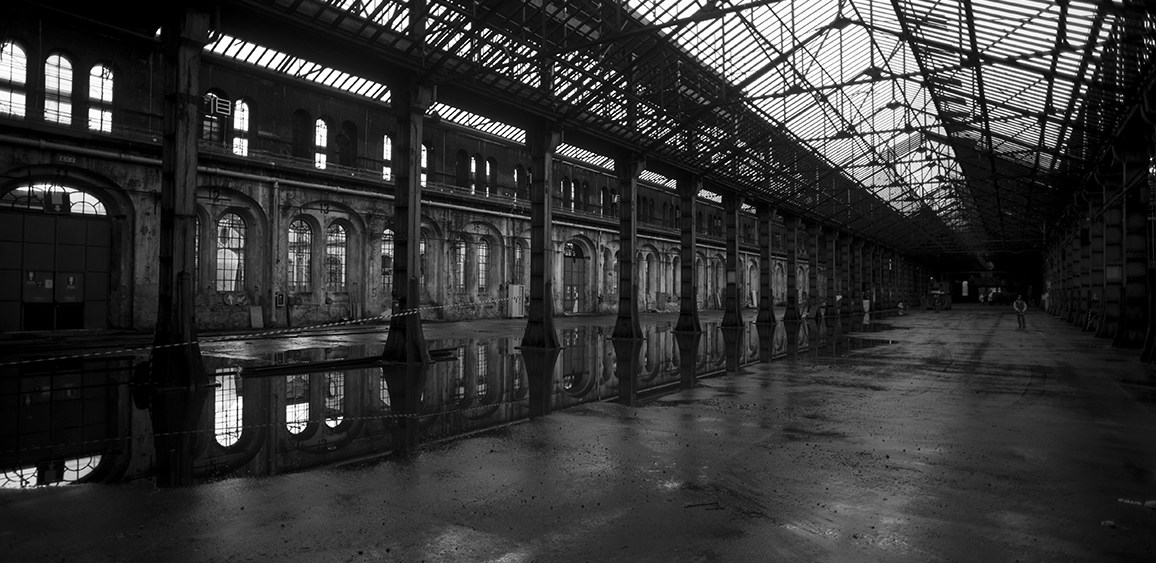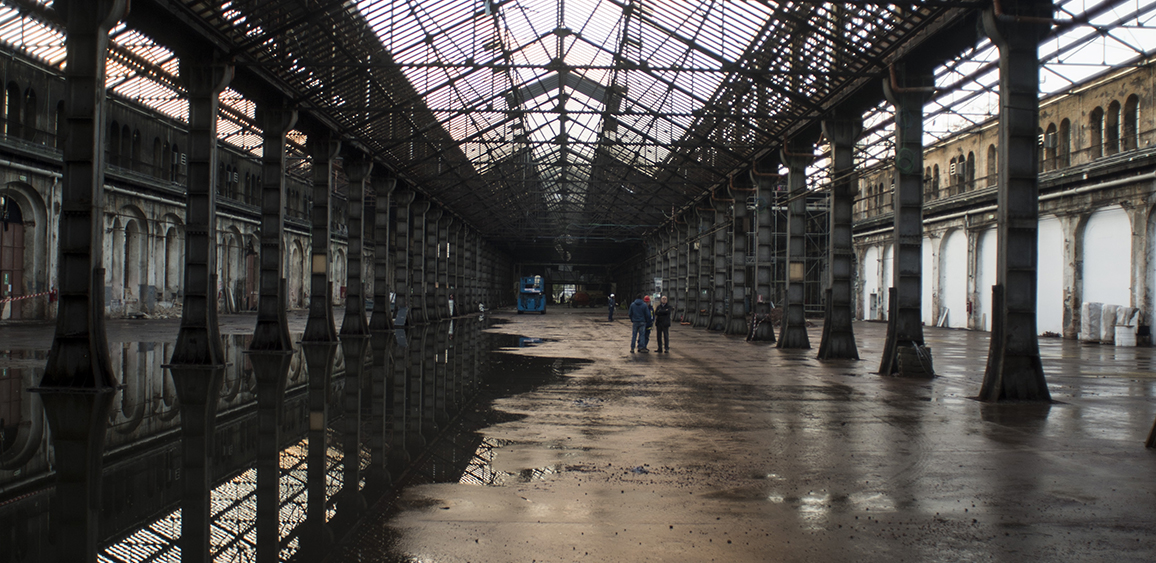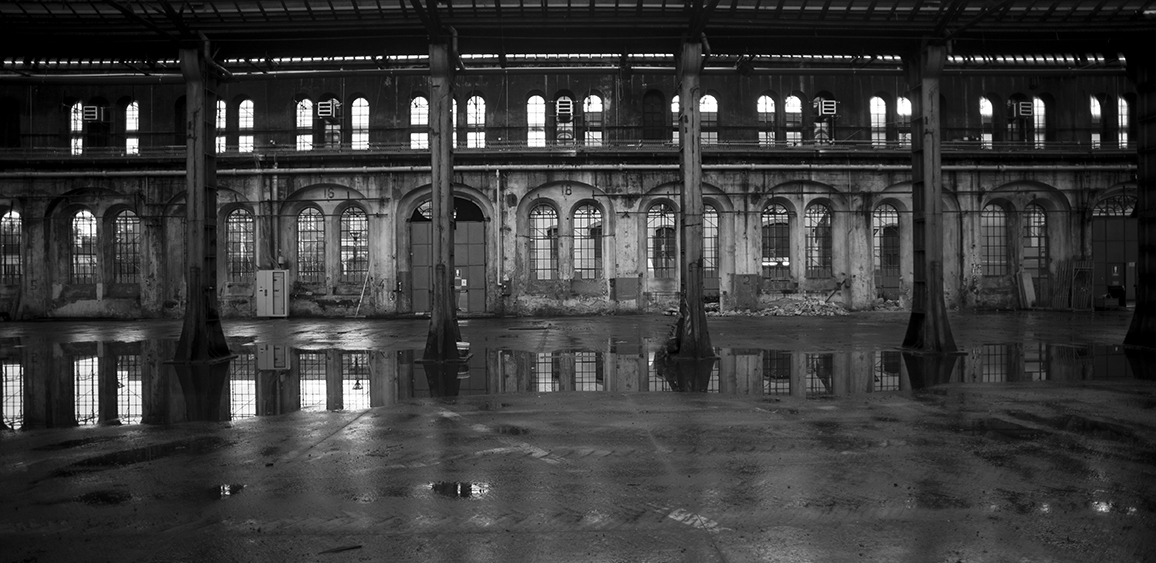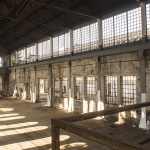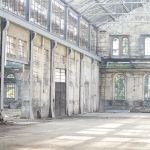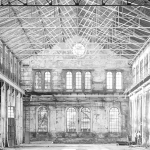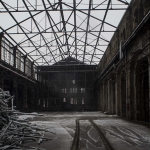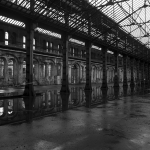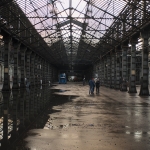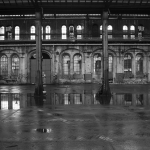The History of the Turin Officine Grandi Riparazioni (OGR) began in 1884. It was built over a period of nearly ten years with the aim of creating a new centre for the repairs of locomotives and railway vehicles.
The New OGR can be defined as a new platform for innovation, research and cultural and creative production based upon a meeting of disciplines and the co-production of content with public partners and companies which are able to spread local investment.
The project idea and the activities planned for the reopening of the OGR complex, in line with the Agreement signed with the City of Turin, are organized around three main axes:
- North Wing – A cultural and creative co-production platform with flexible and modular spaces dedicated to the performing arts (theatre and concerts) and exhibitions. The areas covered are: music, theatre, audiovisual, architecture and design, gaming, photography, technologies applied to art and creativity.
- South Wing – A centre dedicated to innovation and technology, business acceleration processes and social entrepreneurship aimed at creating a meeting point between entrepreneurs, investors and business angels and commercial services for visitors
- Transept – A place of loisir for citizens (restaurant, café, design shop) to provide commercial services to the other areas.
To understand the complexity and extent of work needed to achieve those objectives, some useful figures can reflect the complexity and size of the OGR. The project foresees:
- 20,000 m2 of flooring, replacement of about 24,000 m2 of pitched roof, replacement 1,125 windows,
- 5 km of pipes and underground utilities,
- 50,000 m2 of different types of paint to coat the metal structures,
- intervention on outdoor areas,
- electrical system and extremely flexible technology,
- air conditioning unit and under-floor heating in all areas.
The OGR project therefore represents an important challenge for Fondazione CRT and OGR-CRT, whilst at the same time it is an opportunity for the city of Turin to strengthen its identity as a place of exploration and production within the areas of culture, creativity and new technologies.
Italiano
